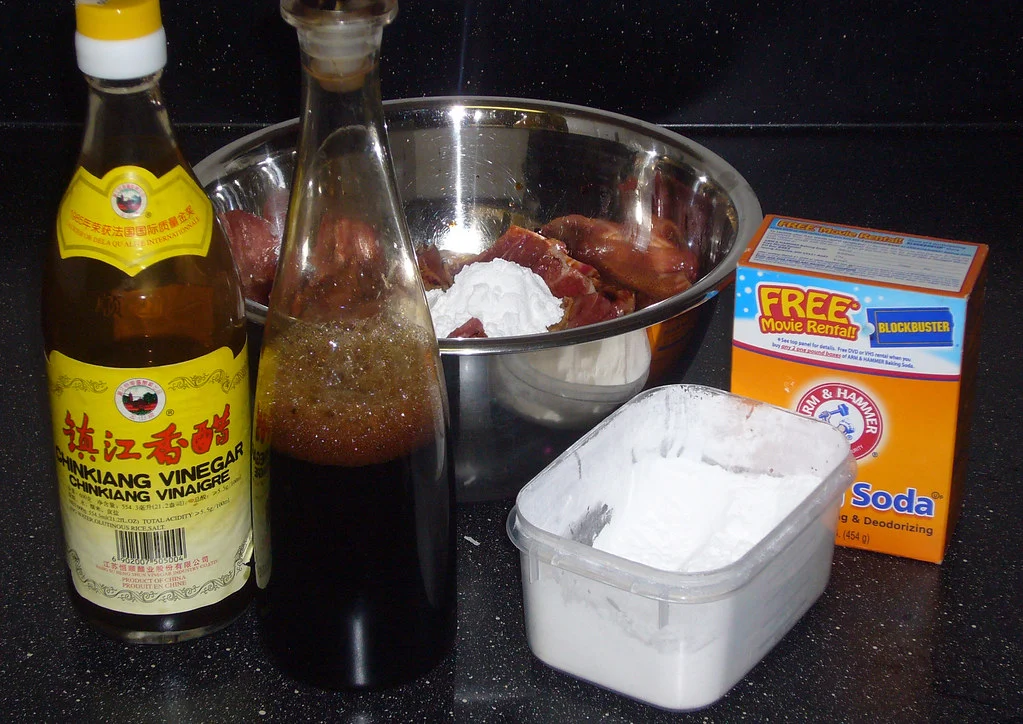In a Nutshell:
- Shelf Life: White distilled vinegar has an indefinite shelf life. Other kinds of vinegar, like rice or apple cider, retain best quality for a couple of years of opening but might degrade in quality if stored long enough.
- Spoilage Signs: While it’s rare for any type of vinegar to go bad, it can happen. Telltale signs include a change in color, an off smell, or an altered taste.
- Storage Methods: Store your vinegars tightly sealed in a cool and dark place. There’s no need for refrigeration after opening, though you can consider storing specialty vinegars in the fridge to retain their quality for longer.
Now, you might be thinking, “I’ve got this bottle of vinegar that’s been sitting in my pantry since I moved in… Can I still use it?”
If that’s the case, this is just the article for you.
We’re diving deep into the world of vinegar, exploring vinegar’s shelf life, any signs of spoilage (spoiler alert: they’re pretty hard to find), and the best ways to store it.
So, if you’re looking to keep your vinegars in their prime or trying to figure out what to do with that ancient bottle lurking in the back of your cupboard, stay tuned.
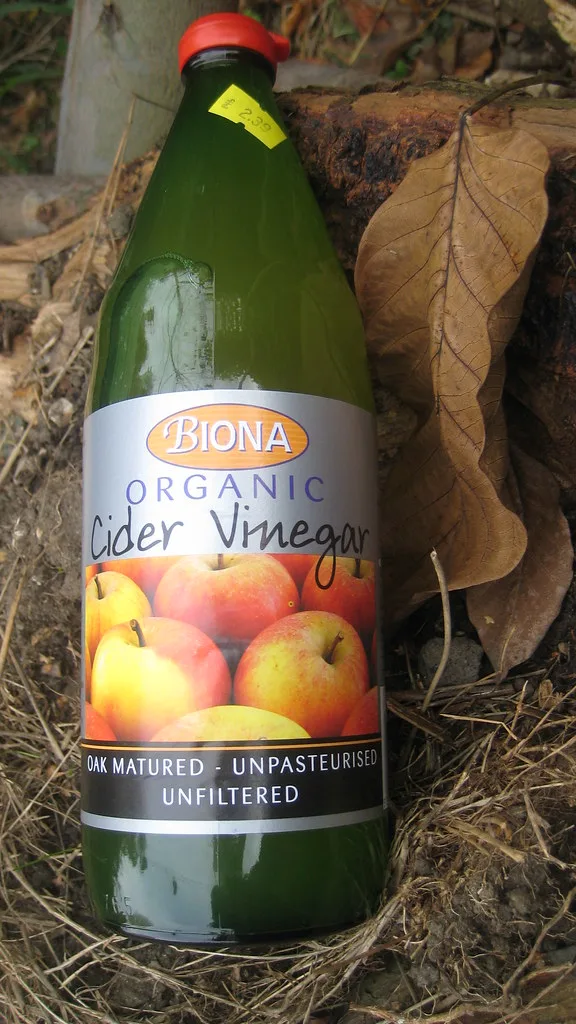
Table of Contents
- How Long Does Vinegar Last?
- How to Tell if Vinegar is Bad?
- When Vinegar Changes: Unmasking the Innocent Suspects
- Does Vinegar Need to be Refrigerated?
- How to Store Vinegar
How Long Does Vinegar Last?
Vinegar has an impressive shelf life, whether it’s unopened or already in use. An unopened bottle can last pretty much indefinitely, while an opened one can still keep its quality for years and stay safe to use for much longer.
It’s almost like that bottle of soy sauce that seems to stick around forever, only more so.
That’s the high-level overview. Now, let’s get into the details.
Unopened
Vinegar, with its self-preserving nature, has what we can call an “indefinite shelf life” when it’s unopened. This means you can keep it around for as long as you want, and it will remain virtually unchanged.
It’s like that bottle of Tabasco sauce that’s been kicking around your pantry since your last taco night – it’s not going anywhere anytime soon. That’s the magic of vinegar.
In fact, most types of vinegar, including apple cider vinegar and balsamic vinegar, are so acidic that they prevent any bacteria or molds from growing. That’s why the condiment is described as self-preserving.
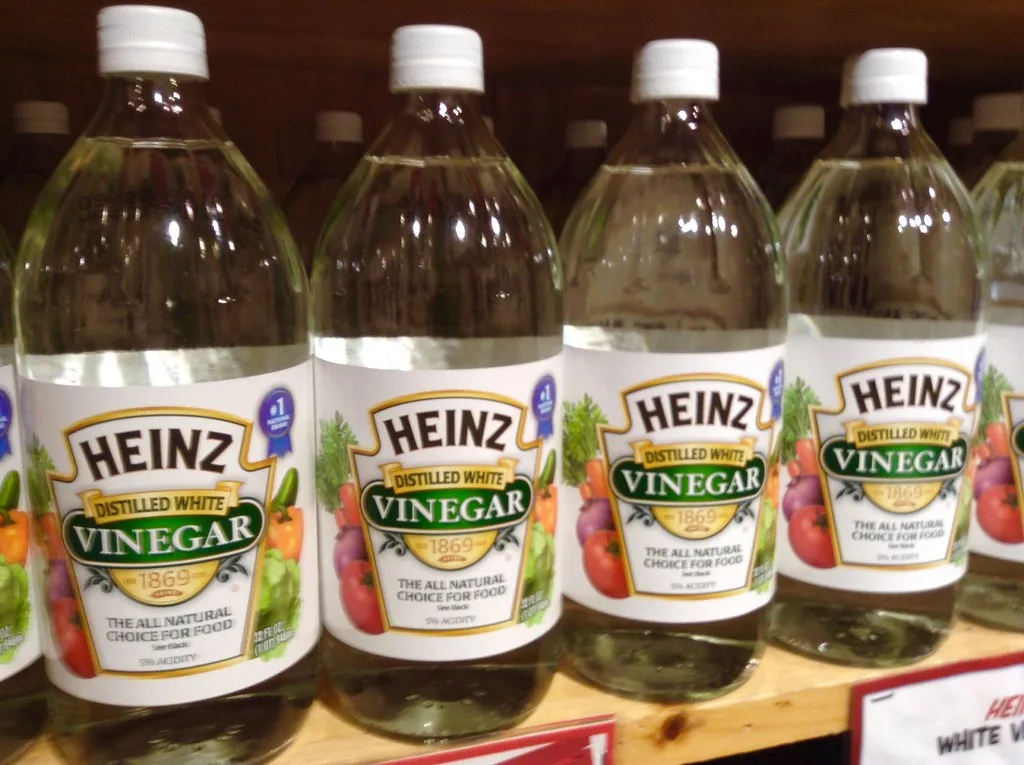
Opened
An open vinegar bottle retains best quality for a couple of years but stays safe to use for much longer. And if it’s a cheap bottle of white vinegar, it remains virtually unchanged for years.
Once opened, vinegar continues to flex its long shelf life muscles. This is unlike many other condiments, like gochujang or oyster sauce, with a shorter (though still pretty impressive) shelf life once opened.
However, while the vinegar doesn’t exactly go bad, it might undergo some aesthetic changes over time. For instance, you might notice a bit of sediment or a “mother” forming (more on that in the spoilage section).
And for vinegars that we buy to add taste to our cooking, such as red wine vinegar, rice vinegar, apple cider vinegar, or balsamic vinegar, remember that their taste gradually degrades. So your red wine vinegar that “expired” 10 years ago might not add the flavor notes you were looking for.
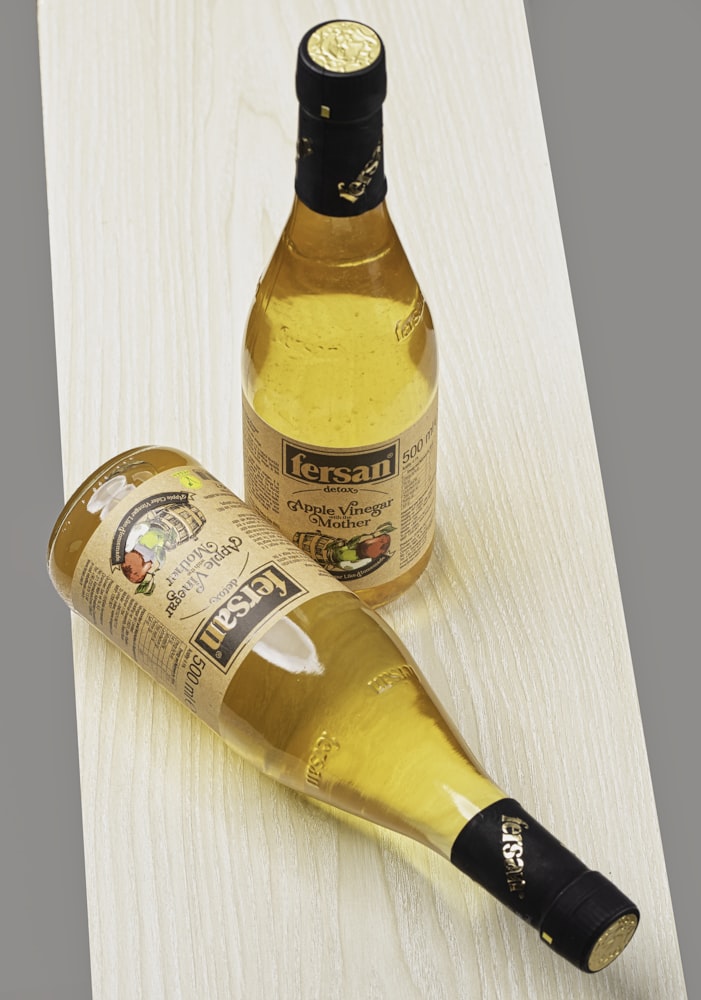
Expired
Now, you might be wondering about the expiration date printed on the bottle.
Despite vinegar’s long shelf life, manufacturers often put an expiration date of about two years for best quality. But don’t let that fool you. Even your grandmother’s age-old bottle of Worcestershire sauce can’t outlast vinegar.
The expiration date is more about peak quality rather than safety. So while vinegar might lose a bit of its punch after the “best by” date, it doesn’t mean it’s gone bad.
In fact, the contents of that ancient bottle of vinegar could still be safe to use for years beyond the printed date. As long as there are no signs of spoilage in sight, of course.
Speaking of which, what happens when vinegar starts acting a bit… off? That’s what we’ll dive into in the next section: spoilage signs.
How to Tell if Vinegar is Bad?
Due to its high acetic acid content, vinegar doesn’t typically go bad in the way that, say, a bottle of ranch or Italian dressing might. But if it starts to smell off, its color noticeably changes, or it has lost its zing, it’s time to open a new bottle.
Let’s talk about each one in detail.
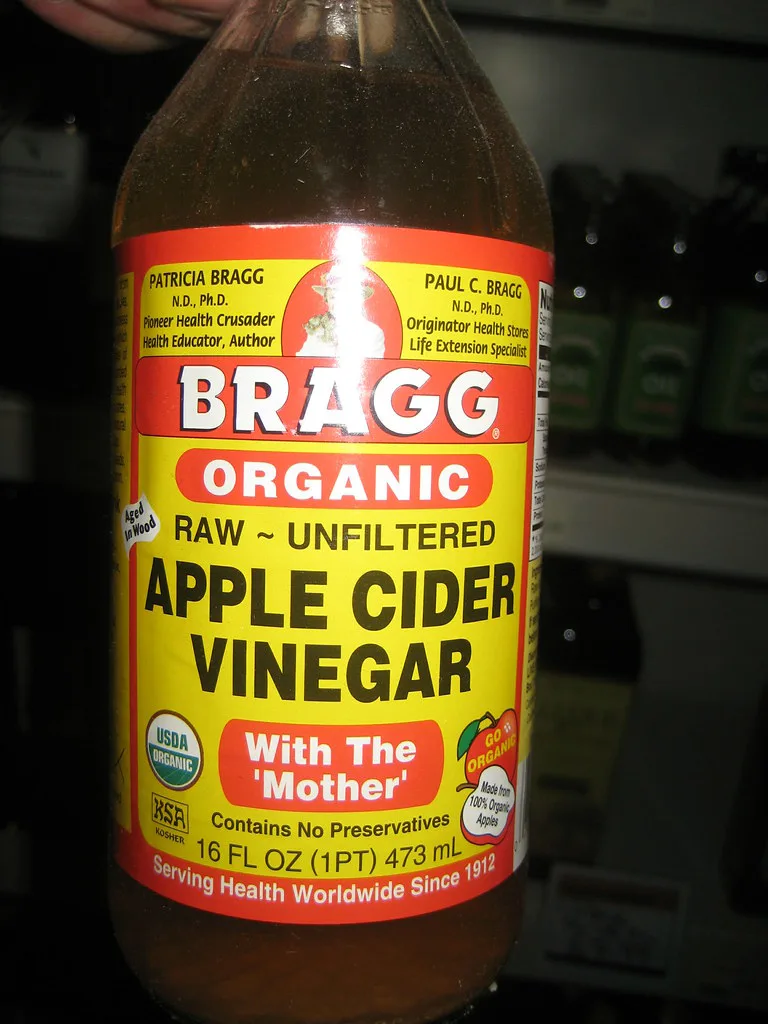
Color Change
If the color of your vinegar has noticeably changed, chances are something is not right, and it’s best to discard that bottle.
Please note that I’m talking about a clearly visible change of color, not a slight hue change. The latter is perfectly fine if the vinegar has been stored for a long time and is nothing to worry about.
Smell
Next up, give the vinegar a sniff. If it smells weird or off, it’s no good in your salad dressings and stir-fries.
That said, remember that different types of vinegar smell differently. For instance, while white distilled vinegar has a sharp, acidic smell, rice vinegar has only a mild, somewhat sweet scent.
Flavor Change
If the vinegar tastes plain bad, which is usually accompanied by a smell change, it’s no good. This doesn’t happen to this self-preserving condiment often, but if it does, you know what to do.
If your vinegar has lost some (or all) of its punch, consider opening a new bottle. At this point, it’s a matter of personal preference, as a lack of flavor definitely isn’t a spoilage sign.
Now that we’ve covered the main signs, let’s move on to the second part. The plot thickens, and you might be surprised by what’s actually harmless!
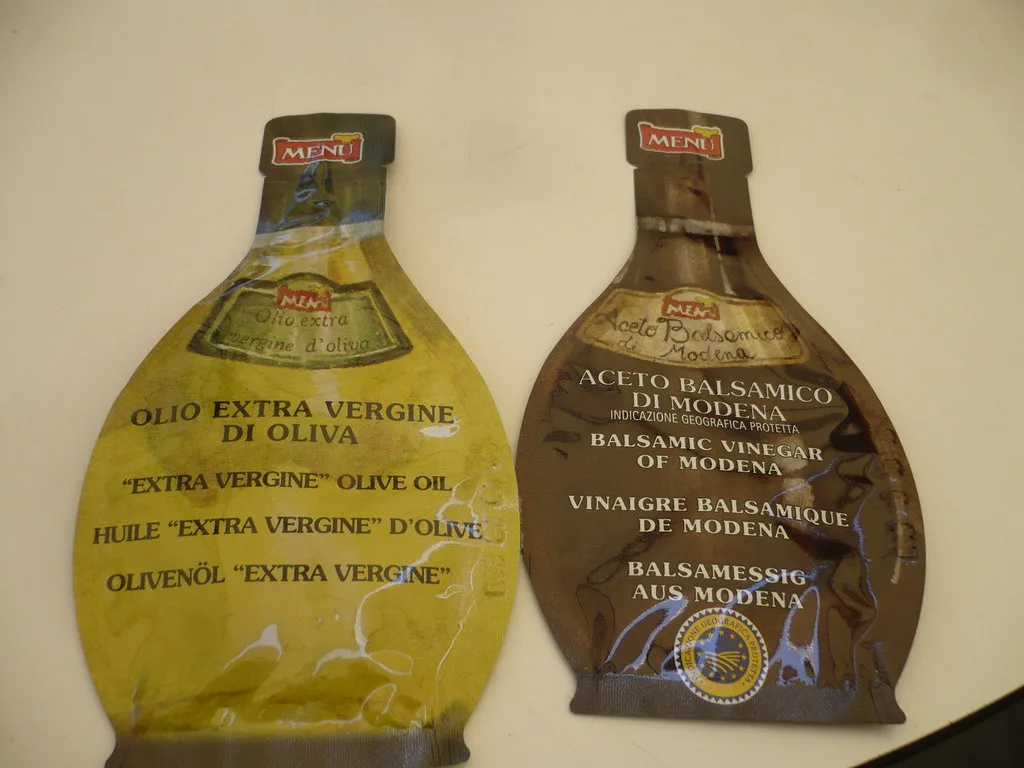
When Vinegar Changes: Unmasking the Innocent Suspects
Ever find yourself staring at a jar of tartar sauce or anchovy paste, wondering if those little changes are a reason for concern?
With vinegar, you might notice a couple of things that, although they look suspicious, are actually perfectly okay.
The “Mother”
First up is the “mother” of vinegar.
This cellulose substance might look like a floating cobweb or jellyfish in your vinegar. The mother might remind you of the scoby in kombucha.
Despite its alien appearance, it’s completely harmless and actually a sign of natural fermentation. In other words, it’s only an aesthetic change.
When the mother starts to form, it often looks like the vinegar is cloudy. But, again, cloudy vinegar is safe, and the cloudiness doesn’t affect the taste or quality.
If the mother’s presence doesn’t tickle your fancy, you can strain it out using a coffee filter or a fine mesh strainer. But remember, its presence is a good thing. It’s a sign that your vinegar is alive and kicking, much like the cultures in yogurt or the yeasts in a sourdough starter.
Sediment
Some sediment or “floaties” in your vinegar are nothing to be worried about. Sometimes they’re there because the vinegar hasn’t been properly filtered; other times they form naturally.
Either way, some sediment in vinegar is perfectly fine.
So there you have it, the lowdown on how to tell if your vinegar is acting out or just going through a harmless phase. Next up, let’s cover some storage tips.
Does Vinegar Need to be Refrigerated?
If you’re used to storing your opened bottles of ketchup, mayonnaise, or cocktail sauce in the fridge, you might wonder if the same applies to vinegar.
Here’s the short answer: no, both unopened and opened vinegar don’t require refrigeration. That said, refrigeration can help retain quality for even longer, especially for rice or balsamic varieties.
Plus, some brands actually ask you to keep their product in the fridge. And if that’s the case, it’s advice worth considering.
In general, thanks to vinegar’s high acetic acid content, bacteria and molds don’t stand a chance, meaning it doesn’t need the chill of your refrigerator to stay fresh.
Now that we’ve settled the fridge question, let’s delve into the best ways to store your vinegar to keep it in prime condition.
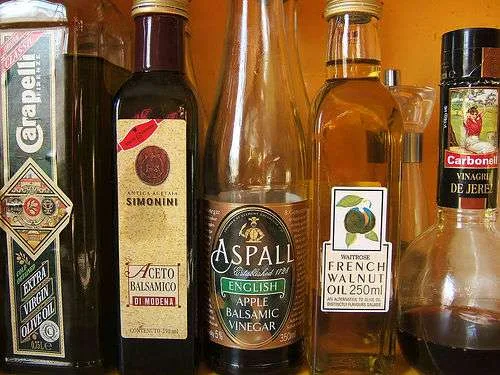
Image used under Creative Commons from WordRidden
How to Store Vinegar
Storing vinegar properly ensures that it maintains its quality and flavor for the longest time. While it’s a hardy condiment, there are a few tips and tricks to keep it at its best.
The Right Spot
The first rule of thumb is to keep it out of direct sunlight.
Much like your favorite barbecue sauce, vinegar prefers the dark. So, your best bet is a cool, dark cupboard or pantry. This helps maintain its flavor and color over time.
The Right Container
The second rule for vinegar storage is to always keep it tightly sealed. This is especially important for opened bottles.
While vinegar is resistant to spoilage, exposure to air can lead to aesthetic changes like cloudiness or sediment formation.
